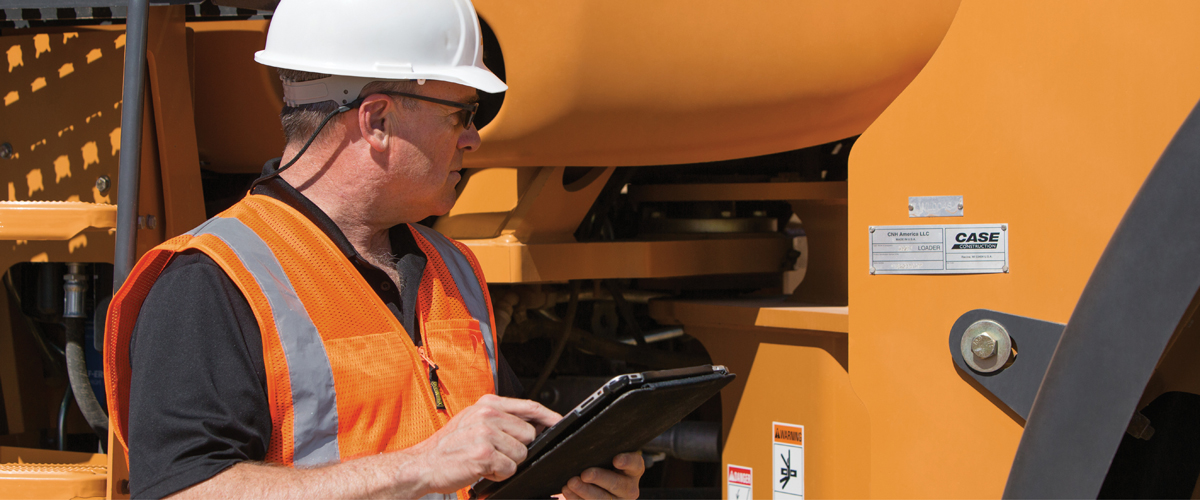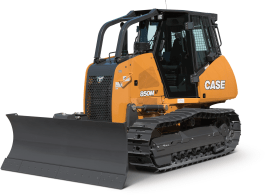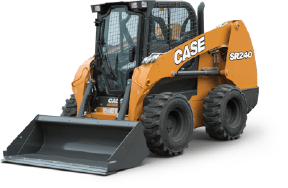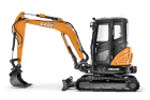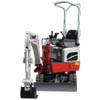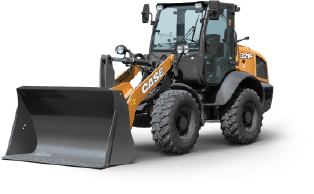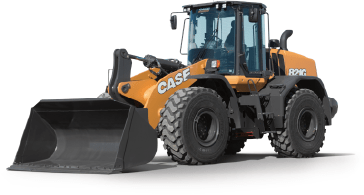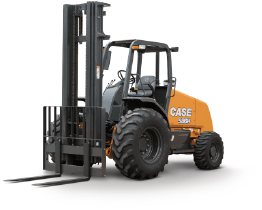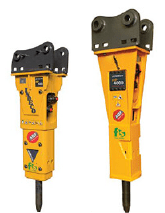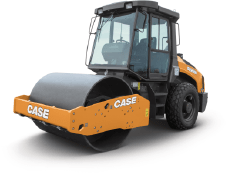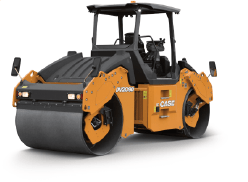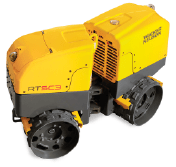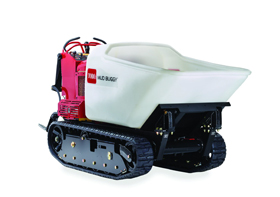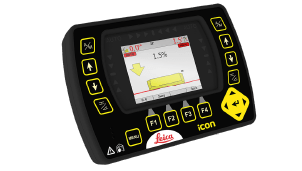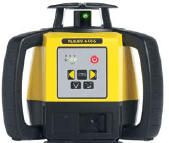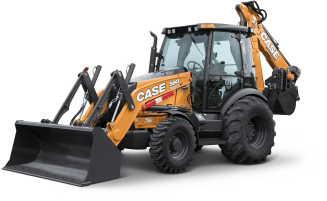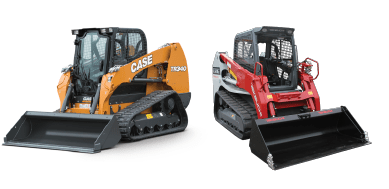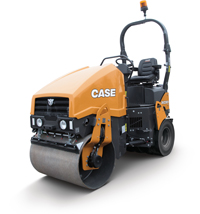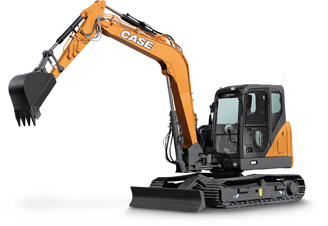Tips for Loading Dump Trucks with Wheel Loaders
The effectiveness of loading dump trucks depends heavily on the wheel loader operator and the specifications of your specific machines. Your loaders spend a lot of time traveling across the jobsite, transporting materials from point A to point B. To help you make this process more efficient and ensure each cycle counts, we’ve put together several key tips for your wheel loader operator that will help them increase productivity.
Optimize the loading pattern
Enhancing the efficiency of your wheel loaders involves minimizing travel distance and reducing the number of turns and maneuvers. One highly effective method for loading dump trucks is employing the Y or V pattern. This approach positions the dump trucks with the rear of the vehicle just off the edge of the pile. The wheel loader operator initiates the cycle at a 45 degree angle to the dirt pile and the truck, moving forward in a curve to the right to fill the bucket. After reversing to the starting position, the operator then moves forward, curving to the left to unload into the truck before reversing back to the 45 degree angle for the next cycle. The resulting path resembles a Y or V, from which the pattern derives its name.
Maintaining a consistent position for the dump trucks is crucial for ensuring the Y cycle remains the right size. Sufficient maneuvering space for the wheel loaders is necessary, but it can’t be too large, or you’ll end up wasting fuel and time.
Select wheel loaders with advanced features
Aside from your loading pattern, the efficiency of filling dump trucks depends on using machines equipped with the right features, such as boom kickout, return to dig, and auto leveling capabilities.
- Boom kickout stops the boom at a predetermined height during lifting, beneficial for consistent loading at the same height.
- Return to dig stops the boom at a predetermined point during lowering, ensuring the bucket starts each cycle in the same position.
- Auto leveling automatically returns the wheel loader bucket from a dump or dig to a carrying position.
These features minimize guesswork for the wheel loader operator, reducing time consuming mistakes and corrections.
Match the bucket to your loader and dump trucks
Before beginning on a significant loading or material handling project, determine the appropriate bucket size for your wheel loader. Consider the capacity of the dump trucks, the number of loads to move daily, and consult your wheel loader operator manual for maximum capacities and tipping loads. Choose a bucket that helps you fill the trucks in as few cycles as possible without exceeding machine limits.
If you have any questions about wheel loader operator tips, filling dump trucks, or wheel loaders in general, contact our team today.






